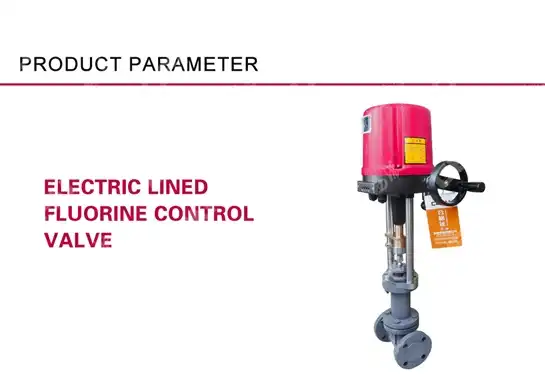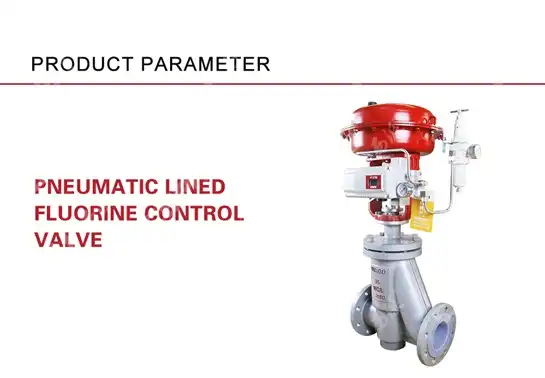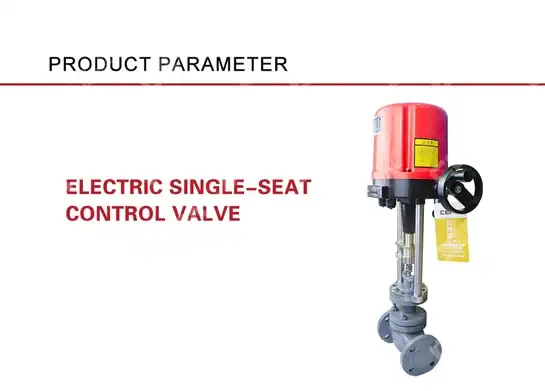When Simplicity Wins: The Case for Simple Structure Pneumatic Control Valves?
In industrial automation, engineers face mounting pressure to optimize system performance while controlling costs and maintenance complexity. When selecting pneumatic control valve solutions, many professionals struggle with over-engineered systems that promise advanced features but deliver operational headaches. Simple structure pneumatic control valves represent a paradigm shift toward reliability-focused design, offering superior performance through streamlined engineering principles. This comprehensive analysis explores why simplicity often outperforms complexity in pneumatic control applications, examining the technical advantages, economic benefits, and operational excellence that define modern valve technology.
Understanding Simple Structure Pneumatic Control Valve Design Philosophy
The foundation of simple structure pneumatic control valve design rests on the principle that fewer moving parts translate directly into higher reliability and reduced maintenance requirements. Unlike complex multi-stage valve systems, simple structure designs focus on essential functionality while eliminating unnecessary components that traditionally serve as failure points. This design philosophy emerged from decades of industrial experience where maintenance teams consistently reported that simpler valve configurations required less downtime, reduced spare parts inventory, and delivered more predictable performance characteristics. Modern simple structure pneumatic control valves incorporate advanced materials science and precision manufacturing techniques to achieve superior performance without design complexity. The streamlined internal geometry reduces pressure drops, minimizes turbulence, and creates more laminar flow patterns that enhance control accuracy. These valves typically feature single-piece body construction, integrated seat designs, and simplified actuator mechanisms that maintain tight tolerances while reducing assembly complexity. The result is a valve system that performs consistently across varying operating conditions while offering significant advantages in installation, commissioning, and long-term operation.
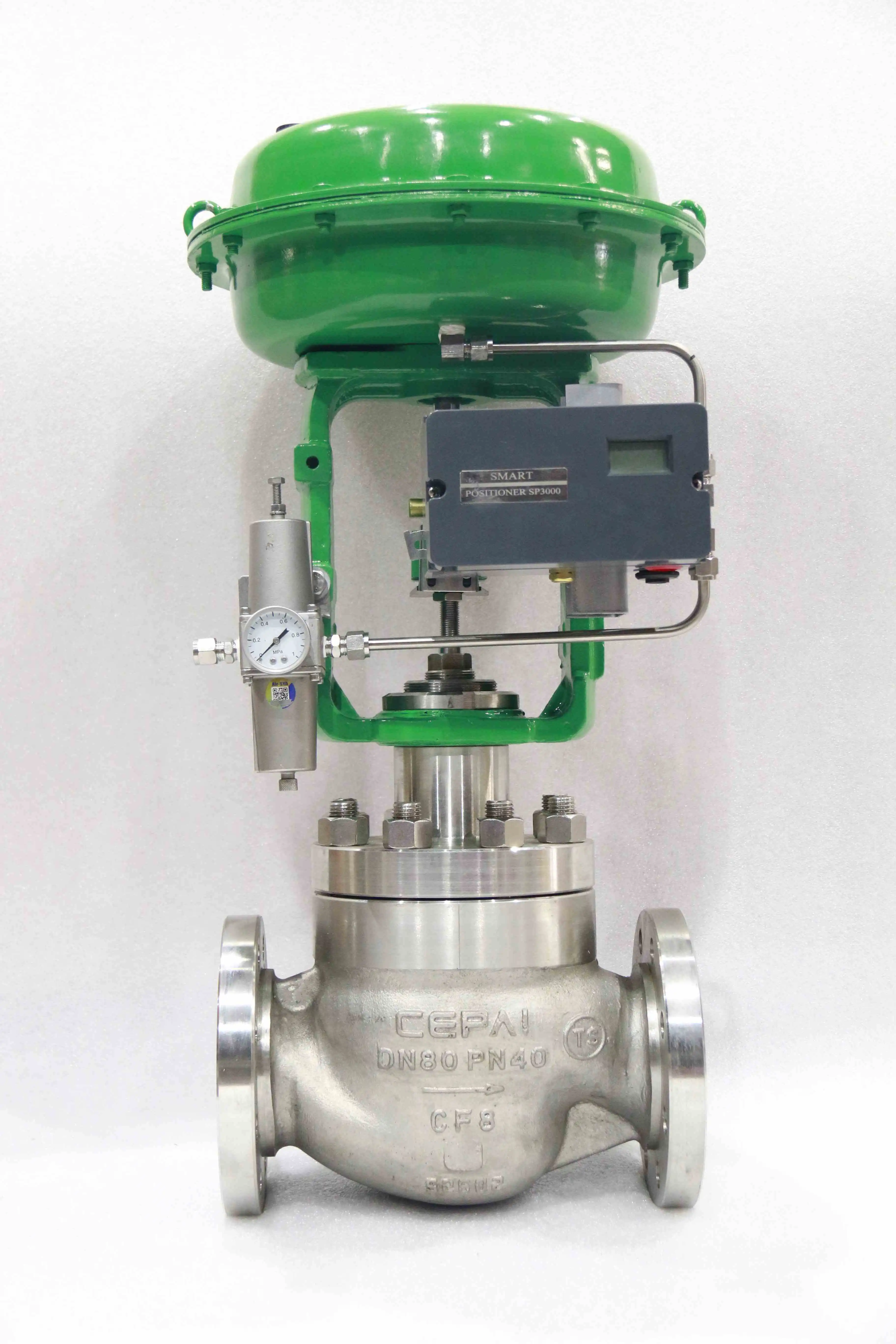
-
Key Components and Operational Principles
Simple structure pneumatic control valves achieve their effectiveness through carefully engineered component integration that maximizes functionality while minimizing complexity. The valve body incorporates precision-machined flow passages that optimize fluid dynamics, reducing energy losses and improving control response. Actuator mechanisms utilize proven diaphragm or piston designs with simplified air circuits that eliminate pilot valves and complex feedback loops commonly found in sophisticated control systems. The operational principles underlying these valves focus on direct pneumatic actuation where compressed air pressure directly correlates to valve position without intermediate conversion mechanisms. This direct relationship enhances response time, improves control accuracy, and eliminates the calibration drift associated with multi-stage control systems. Simple structure designs also incorporate fail-safe mechanisms that ensure predictable valve behavior during air supply interruptions, providing critical safety functions without additional complexity or components.
Advantages of Simplified Pneumatic Control Systems
The primary advantages of simplified pneumatic control systems extend far beyond initial cost considerations, encompassing operational efficiency, maintenance optimization, and long-term reliability improvements. Simple structure pneumatic control valves demonstrate superior performance in harsh industrial environments where complex systems often fail due to contamination, temperature extremes, or vibration exposure. The reduced component count inherently improves system reliability by eliminating potential failure points, while streamlined designs offer enhanced chemical compatibility and resistance to process-induced wear. Simplified pneumatic control systems also provide significant advantages in terms of energy efficiency and operating costs. The direct actuation mechanisms require lower air consumption compared to pilot-operated systems, reducing compressor loads and energy expenses. Simplified designs typically exhibit faster response times due to reduced internal volumes and fewer flow restrictions, enabling tighter process control and improved product quality. These systems also demonstrate superior performance in applications requiring frequent cycling, where complex valve mechanisms often experience accelerated wear and reduced service life.
-
Maintenance and Service Benefits
The maintenance advantages of simple structure pneumatic control valves become apparent through reduced downtime, simplified troubleshooting procedures, and lower spare parts requirements. Maintenance technicians report significantly shorter diagnostic times when working with simplified valve designs, as the straightforward construction eliminates the complex interactions common in multi-component systems. The reduced parts count also means fewer items require regular inspection, calibration, or replacement, directly reducing maintenance labor requirements and associated costs. Service procedures for simple structure valves typically require fewer specialized tools and less technical expertise, enabling more efficient maintenance operations and reduced dependency on specialized service contractors. The streamlined design also facilitates field repairs, as technicians can often perform maintenance tasks without removing the valve from the pipeline. This capability proves particularly valuable in continuous process applications where valve removal creates significant operational disruptions and production losses.
Technical Performance Characteristics of Simple Structure Designs
Simple structure pneumatic control valves deliver exceptional technical performance through optimized flow characteristics, enhanced control accuracy, and improved rangeability compared to complex valve designs. The streamlined internal geometry creates more predictable flow patterns that reduce noise, cavitation, and erosion while improving control stability across varying process conditions. These valves typically demonstrate superior linearity in their flow characteristics, enabling more precise process control with simplified control algorithms and reduced tuning complexity. The technical performance advantages extend to dynamic response characteristics, where simple structure valves often outperform complex designs in terms of speed and stability. The reduced internal volumes and simplified air circuits enable faster valve positioning with minimal overshoot or oscillation. This enhanced dynamic performance proves particularly beneficial in applications requiring rapid process adjustments or tight control loops where valve response time directly impacts product quality and process efficiency.
-
Flow Control Precision and Repeatability
Simple structure pneumatic control valves achieve exceptional flow control precision through carefully engineered trim designs that optimize the relationship between valve position and flow rate. The simplified internal geometry eliminates secondary flow patterns and turbulence that can create control instability in complex valve designs. This results in highly repeatable flow characteristics that remain consistent over extended operating periods, reducing the need for frequent recalibration and enabling more reliable process control. The precision capabilities of these valves also extend to low-flow applications where complex designs often struggle with controllability and stability. Simple structure valves maintain their control accuracy across their full operating range, providing superior rangeability without the dead bands or non-linear response characteristics common in complex valve systems. This performance consistency enables operators to achieve tighter process control with reduced variability and improved product quality.
Economic Benefits and Total Cost of Ownership
The economic advantages of simple structure pneumatic control valves extend throughout their operational lifecycle, delivering superior total cost of ownership through reduced initial costs, lower maintenance expenses, and improved operational efficiency. Initial procurement costs typically favor simple designs due to reduced manufacturing complexity and material requirements, while installation costs decrease through simplified piping requirements and reduced commissioning time. These upfront savings create immediate project benefits that improve capital efficiency and project economics. Long-term economic benefits emerge through reduced maintenance costs, extended service intervals, and improved system reliability. Simple structure valves require fewer replacement parts, less frequent service, and shorter maintenance windows, directly reducing operational expenses and production losses. The enhanced reliability also translates into reduced emergency repair costs and unplanned downtime, which often represent the largest components of valve lifecycle costs in critical process applications.
-
Operating Cost Optimization
Operating cost optimization with simple structure pneumatic control valves occurs through multiple mechanisms including reduced energy consumption, lower air supply requirements, and improved process efficiency. The streamlined designs typically require 20-30% less actuation air compared to complex pilot-operated systems, directly reducing compressor operating costs and energy expenses. The improved control accuracy also enables tighter process control, reducing raw material waste and improving product yield. Simple structure valves also contribute to operating cost optimization through reduced operator training requirements and simplified maintenance procedures. Operators can achieve proficiency more quickly with straightforward valve systems, reducing training costs and improving operational effectiveness. The simplified troubleshooting procedures also reduce the time required to identify and resolve valve-related issues, minimizing production disruptions and associated costs.
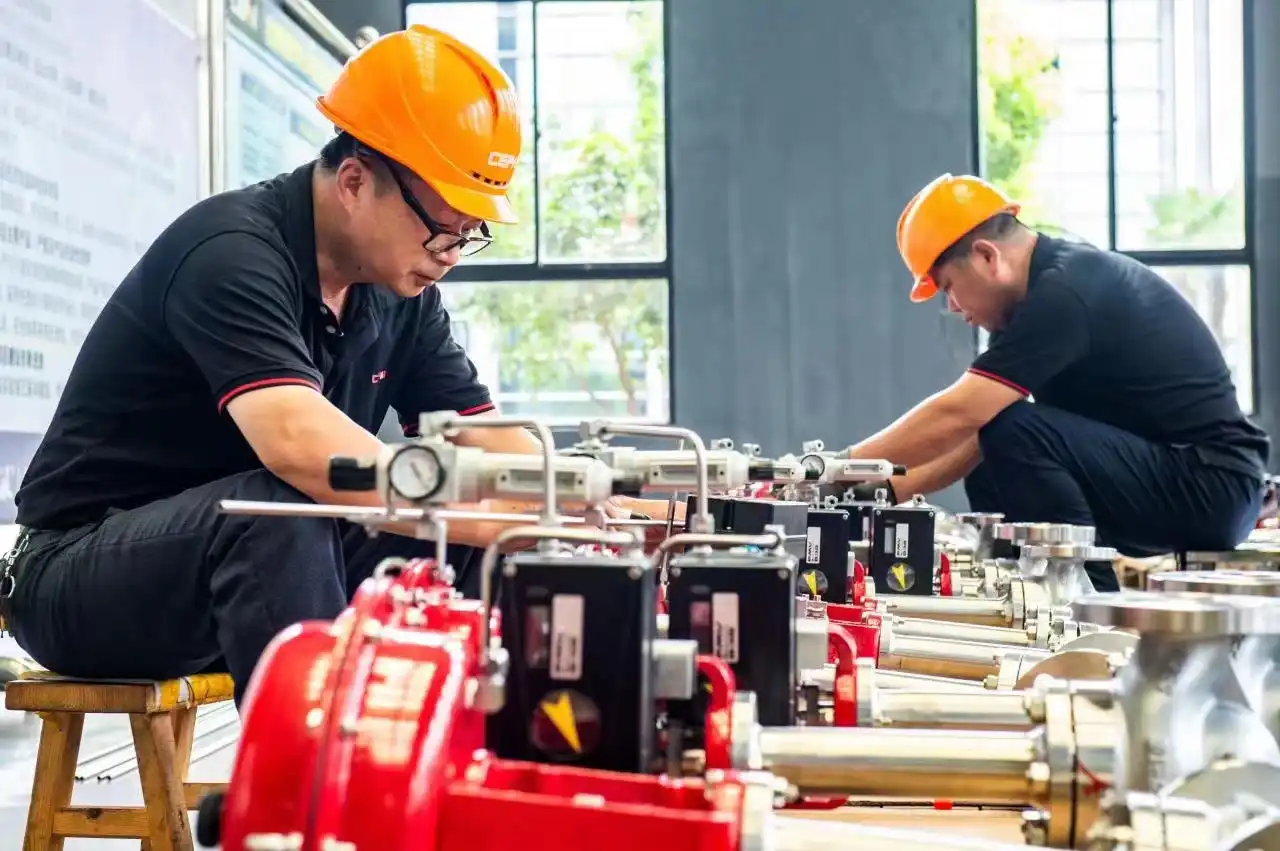
Industry Applications and Case Studies
Simple structure pneumatic control valves find extensive application across diverse industrial sectors where reliability, cost-effectiveness, and operational simplicity provide competitive advantages. In the petroleum and petrochemical industry, these valves excel in applications requiring frequent operation, harsh service conditions, and minimal maintenance requirements. Oil and gas drilling operations particularly benefit from simple structure designs that can withstand extreme environments while providing reliable flow control for critical safety and production systems. Manufacturing industries increasingly adopt simple structure pneumatic control valves for process control applications where complex systems previously dominated. Food and beverage processing, pharmaceutical manufacturing, and chemical production facilities report significant improvements in operational efficiency and maintenance costs when transitioning from complex to simple valve designs. These applications demonstrate that sophisticated process control objectives can often be achieved more effectively with streamlined valve technology supported by advanced control system integration.
-
Power Generation and Utilities Applications
Power generation facilities represent a significant application area for simple structure pneumatic control valves, particularly in auxiliary systems and balance-of-plant applications. Steam cycle optimization, cooling water systems, and fuel handling applications benefit from the enhanced reliability and reduced maintenance requirements of simplified valve designs. Utility operators report improved plant availability and reduced maintenance costs when implementing simple structure valves in non-critical but numerous applications throughout their facilities. Water treatment and distribution systems also demonstrate the advantages of simple structure pneumatic control valves in applications requiring reliable operation with minimal supervision. Municipal water systems, industrial water treatment facilities, and wastewater processing plants achieve improved system reliability and reduced operational costs through the implementation of simplified valve designs that maintain performance while reducing maintenance complexity and requirements.
Conclusion
Simple structure pneumatic control valves demonstrate clear superiority in applications prioritizing reliability, cost-effectiveness, and operational simplicity over unnecessary complexity. The evidence overwhelmingly supports the adoption of streamlined valve designs that achieve superior performance through engineering excellence rather than feature proliferation. Modern simple structure valves deliver the precise control, reliability, and economic benefits that industrial applications demand while eliminating the maintenance burdens and operational complications associated with over-engineered alternatives.
Cooperate with CEPAI Group Co., LTD.
CEPAI Group Co., LTD. stands as a premier China Pneumatic Control Valve manufacturer, leveraging advanced intelligent manufacturing capabilities and ISO-certified quality systems to deliver world-class valve solutions. As a leading China Pneumatic Control Valve supplier, CEPAI combines decades of engineering expertise with state-of-the-art production facilities spanning 56,000 square meters to manufacture high-quality pneumatic control valves for global markets. Our position as a trusted China Pneumatic Control Valve factory is reinforced by comprehensive certifications including API, ISO, and CE standards, ensuring every Pneumatic Control Valve for sale meets the highest international quality requirements.
Discover competitive Pneumatic Control Valve price options and explore our extensive range of High Quality Pneumatic Control Valve solutions designed for demanding industrial applications. Whether you require standard products or customized China Pneumatic Control Valve wholesale solutions, CEPAI's engineering team provides comprehensive technical support from initial consultation through installation and commissioning. Contact our experts today at cepai@cepai.com to discuss your pneumatic control valve requirements and experience the CEPAI difference in quality, reliability, and service excellence.
References
1. "Pneumatic Control Systems: Design and Application" - Johnson, Robert M., Industrial Automation Press, 2023
2. "Valve Technology and Selection Criteria for Industrial Applications" - Chen, Wei-Ming and Anderson, David K., Process Engineering Journal, 2024
3. "Simple vs. Complex Valve Designs: A Comparative Analysis of Performance and Reliability" - Thompson, Sarah J., Fluid Control Systems Review, 2023
4. "Economic Optimization in Industrial Valve Selection" - Martinez, Carlos A., Plant Engineering and Maintenance, 2024
_1745994800896.webp)
Get professional pre-sales technical consultation and valve selection services, customized solution services.
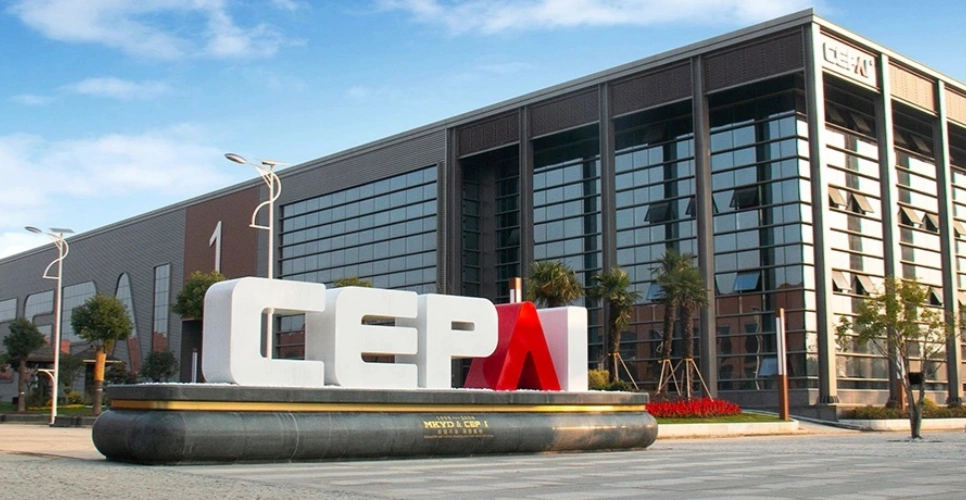
About CEPAI
